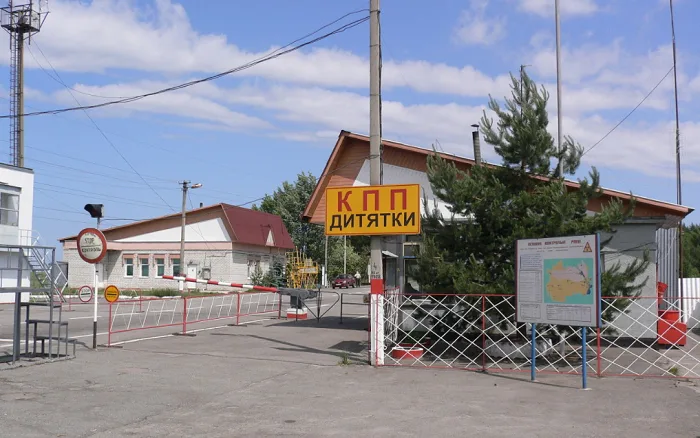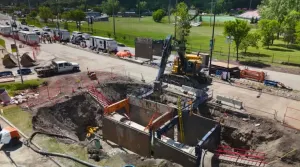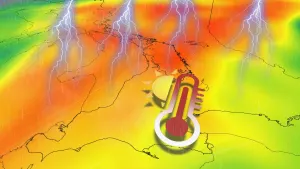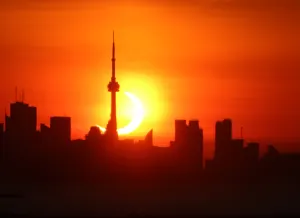
Officials hope to have Chernobyl designated a UNESCO World Heritage Site
A decision likely won't be made until 2023.
In April 1986, there was a catastrophic failure at the Chernobyl Nuclear Power Plant in Pripyat, Ukraine, displacing 350,000 residents and exposing millions to high levels of radiation.
Thirty-one people died in the immediate aftermath and in the years following, thousands more developed serious health conditions like cancer.
It's among the worst nuclear disasters in human history. The Exclusion Zone immediately surrounding the plant covers an area of approximately 2,600 square kilometres, a restricted region that is one of the most radioactive places on the planet. Scientists estimate it could be more than 20,000 years before humans can safely live there again.

Entrance to the Chernobyl Exclusion Zone at Checkpoint "Dytyatky". Courtesy: Wikipedia.
Now, officials are attempting to have parts of that zone designated a UNESCO World Heritage Site, a certifiction given to locales that, according to UNESCO, "are of outstanding universal value to humanity."
Other UNESCO sites include the Pyramids of Egypt, Australia's Great Barrier Reef, the Galápagos Islands in Ecuador, and the Taj Mahal in India.
Ukraine officials are seeking the designation because they want to preserve the site for future generations and hope it will help encourage and regulate tourism, which has been on the rise since HBO released a 2019 mini-series about the nuclear disaster.
An influx of tourism dollars would be used to repair abandoned buildings in the zone that have fallen into disrepair.
UNESCO likely won't make a decision on Chernobyl's status until 2023.










